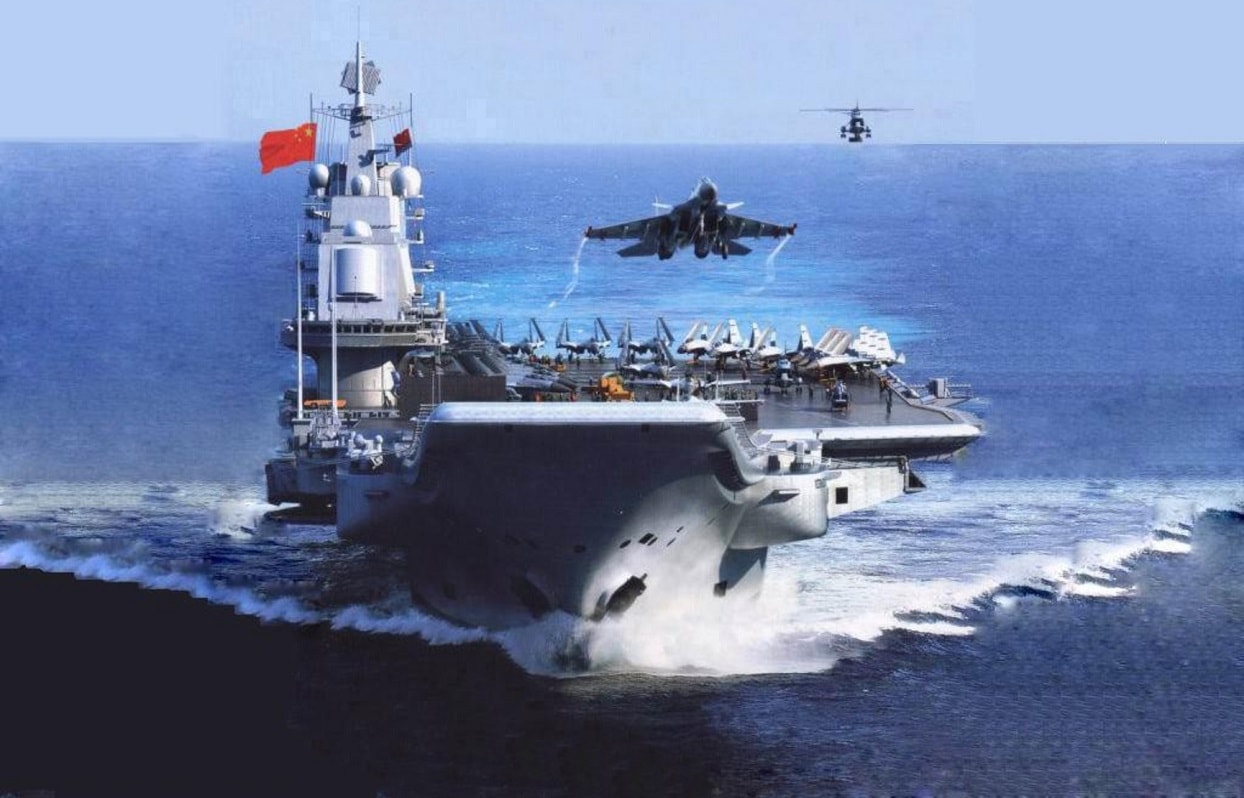Can Taiwan’s Coast Guard Really Fight China?
Defending the coast against a potential invasion from China is a top priority for Taiwan’s leaders. Every ship counts in a coastal defense scenario, and that is why a type of craft from Taiwan’s coast guard is about to be equipped as a naval fighting vessel.
It is a matter of creative thinking: Why not affix anti-ship missiles to the coast guard’s Anping-class catamaran patrol ship? Taiwan has accomplished just that, as it showed in a recent test that outfitted the catamarans with Hsiung Feng 2 anti-ship missiles.
Taiwan’s military announced late in May that the coast guard cutter CG601 used an HF-2 missile to hit a practice target some 62 miles off Lanyu, Taiwan, near Orchid Island. The HF-2 is a homegrown subsonic ship-killing missile similar to the RGM-84 Harpoon. The missile has a range of about 75 miles with a 500-pound warhead that comes in high-explosive or fragmentary models. The HF-2 is the precursor to the supersonic HF-3 cruise missile.
Taiwan’s Coast Guard Is Getting Serious About Coastal Defense
The CG601 is the first coast guard vessel to be equipped with the missile. Liberty Times Net reporter Zheng Jingyi called it a “peace to war conversion,” and it shows that Taiwan is getting serious about homeland defense.
The four Anping-class catamarans can reach a speed of 44 knots and have a range of 2,000 nautical miles. Built in 2019, the 600-ton patrol vessels take their design from Taiwan’s Tuo Chiang-class missile corvette that was developed in 2010. The Anping class performs law-enforcement and search-and-rescue littoral duties. Alternatively, the navy’s Tuo Chiang class has a 76mm main gun and a Phalanx close-in weapons system.
Refitting the catamarans is a stopgap measure, but significant all the same. Taiwan’s navy only has 49 warships, and that includes coast guard vessels. By comparison, China has around 355 ships of all classes, including two functioning aircraft carriers.
Critical Interoperability
So a “peace to war” program makes sense. Taiwan is taking on a more militarized posture to match the aggressive nature of the People’s Liberation Army Navy, or PLAN. The Taiwanese defense industry is showing that its DF-2 and DF-3 missiles can target enemy ships – but will they be enough?
Coast guard sailors had to be joined by active-duty Taiwanese sailors to conduct the test. Tayfun Ozberk, a naval analyst with Naval News, said Taiwan needs more joint training.
“Such exercises are critical for training two distinct forces within the same organization,” Ozberk said. “We cannot expect them to fight coherently if they do not exercise in peacetime. The missile launch was conducted by Taiwanese Navy officers and petty officers in this drill. This demonstrates that the Taiwanese Coast Guard lacks trained personnel to execute missile launches, which should be addressed. Interaction between two forces, especially at the crew level, is critical for interoperability and mutual training.”
The Taiwanese coast guard has a lot of training ahead of it to operate the DF-2 and DF-3 anti-ship missiles, but this is a good start. The PLAN likely sees the exercise as a provocation, but if Taiwan is to maintain its independence, it must have a full-fledged navy that can employ modern arms.
“Peace to war” is a natural outgrowth of self-defense in a dangerous neighborhood in which the PLAN could easily mount a maritime invasion of Taiwan. Such an invasion would enjoy significant backing from warplanes that often fly close to Taiwan’s air defense identification zone. Surface-to-air missiles are the next arms systems that Taiwan should consider for its corvettes and coast guard patrol vessels. But a new ability to work with ship-killing missiles is good news for Taiwan’s coast guard – and for its navy.
Now serving as 1945’s Defense and National Security Editor, Brent M. Eastwood, PhD, is the author of Humans, Machines, and Data: Future Trends in Warfare. He is an Emerging Threats expert and former U.S. Army Infantry officer. You can follow him on Twitter @BMEastwood.

